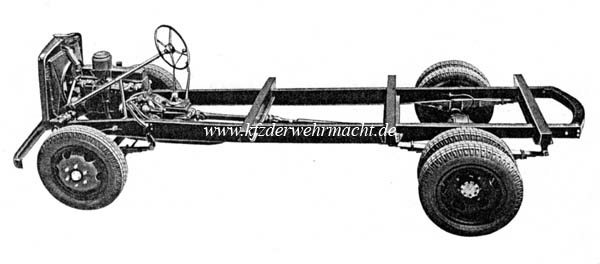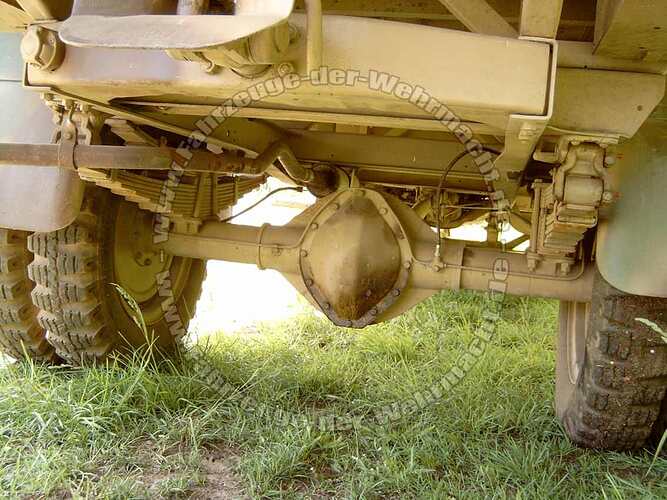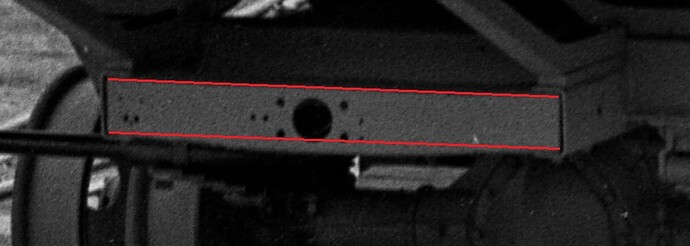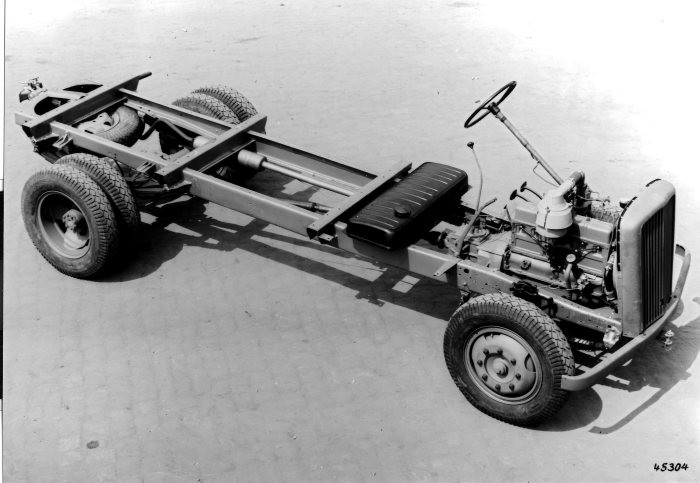Hello all,
I’m having some problems with the rear part of the chassis frame where the towing hook is. I find at least two different versions, maybe even three.
Tamiya made a bit U-shaped rear while Italeri made a square shaped rear for the Opel Blitz. I find both versions in photos.
U-shaped:

Squared:

https://archive.armorama.com/i1061.photobucket.com/albums/t461/165thspc/Blitz/019_21AA_zps80a4a71b.jpg
Now what shape is this?
Thank you for your answers.
Fish belly channel - web is deeper mid span to accommodate load placed upon it by towing fittings.
1 Like
Thanks Richard! So now I have an idea what shape I have to scratch. Is there a photo out there that show it in details?
Could this towing part suggest a specific production time / version / anything? To be aware of that fact upon building the kit.
I am not that knowledgeable about these vehicles.
I have been involved in the construction industry most of my life and recognize the how’s and why’s of structural shapes.
It is my understanding that German vehicles of this era had a type of coupler for towing that was sprung - hence the large hole in rear crossmember. IIRC they also had a funnel type of guard around the coupler that allowed the tow vehicle to simply back into the towed vehicle to connect - others more knowledgeable than I will be able to elaborate on this .
My thoughts is that its simply standard modifications done over the production run, simplification of parts, you see it a lot in Geman equipment. So would assume the more complex shape is the earlier model to the late simplified chassis.
Just my 2P worth LOL
Keith
That’s a late type chassis what see here, and IIRC the “bellied” channel was used to allow for a stronger setup and towing hook as the original was a bit weak for the usually overloaded trailers.
I too vote that it was a later production simplification of the chassis construction.
I doubt this photo will help but it appears that in this builder’s photo that the rear cross member was even MORE complex at one time.




